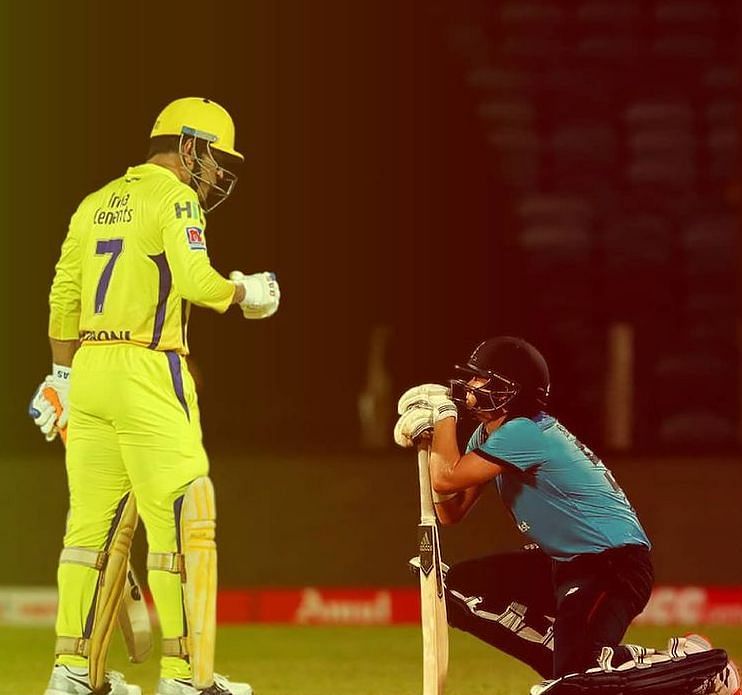
MS Dhoni, Sam Curran and the dying art of finishing
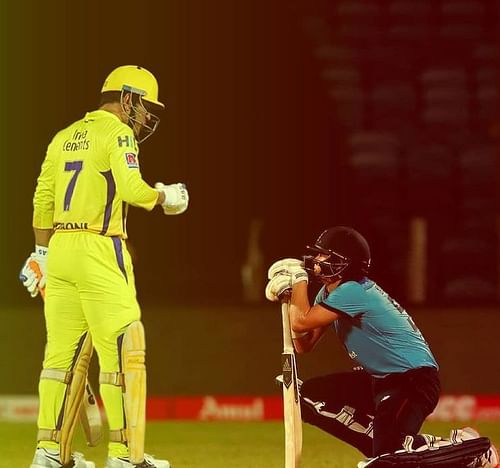
On 11th July, 2013, in Trinidad, MS Dhoni had somehow managed to get himself fit for the tri-series final against Sri Lanka. Fascinatingly, as was the norm in the early 2010s, the outcome of the game hinged on how MS Dhoni masterminded a run chase. Or, more bluntly, on his ability to pull off another one of those Houdini acts.
In pursuit of 202, India found themselves marooned on 167/8, with 35 runs required off 49 deliveries. At that juncture, R Vinay Kumar strode out to the centre to accompany MS Dhoni, with the latter having trudged his way to 18 off 28 balls.
The Men In Blue were precariously placed. They had only two wickets in the shed and had to negotiate a major chunk of overs from Angelo Mathews and Lasith Malinga – bowlers who had distinguished themselves on the day.
In his inimitable manner, MS Dhoni pushed and prodded India into a situation wherein they needed 19 off 18 balls, meaning that they had scored only 16 runs off the 31 balls that preceded.
Vinay Kumar had also perished by then, and with the final three overs involving one each from Malinga and Mathews, India were staring down the barrel.
At that point, several felt that MS Dhoni had dug himself a gigantic hole – one that would ultimately encapsulate him and the Indian team into darkness. To stoke that particular argument, the former Indian skipper played out the entire 48th over (bowled by Malinga), scoring only 2 runs.
An over later, Ishant Sharma repeated the process as he steadfastly kept out the Sri Lankans. Subsequently, with only an over remaining, India required 15 runs, which even against an inexperienced Shaminda Eranga, seemed quite a task.
But as would be revealed minutes later, MS Dhoni was still calm. It almost felt as though he had been waiting for that exact moment.
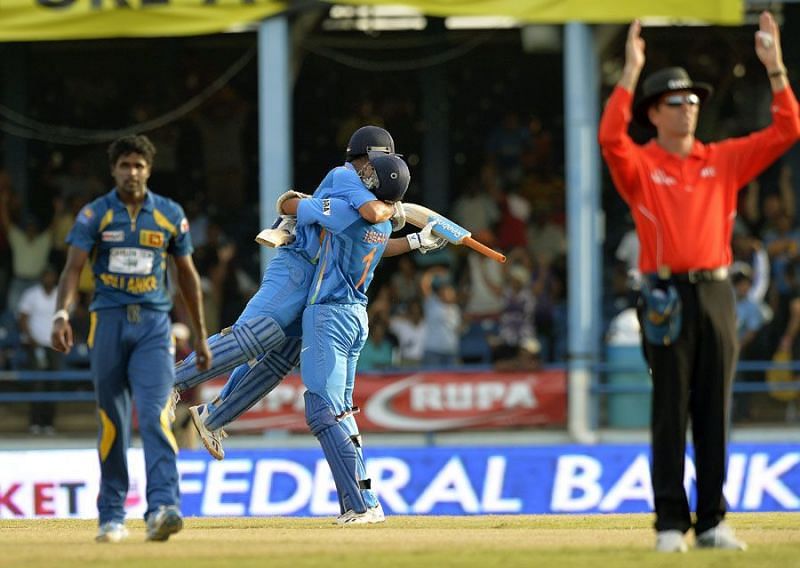
Over the course of the next four balls, MS Dhoni struck the roof over the bowler’s head, rustically jabbed a boundary over backward point and smacked a backfoot punch over extra cover to seal the victory. And just like that, the Houdini act was complete and MS Dhoni’s method to this particular madness had triumphed.
Nearly 8 years later, under very different circumstances at Pune, another Chennai Super Kings star - Sam Curran - found himself at the epicentre of an almighty tempest.
Chasing 330, England had stumbled their way to 200/7, when Adil Rashid walked out to the centre. Prior to that, Sam Curran had performed admirably in Moeen Ali’s company, although the latter had been more effective when it came to run-scoring. Once Moeen departed, though, Curran flicked a switch and meticulously brought out the big shots.
By the time the final few overs crept in, the required run rate had spiraled over 8 and was nudging 9 – something that was a tad beyond Curran’s control, considering he had been farming the strike post the arrival of Mark Wood.
Sam Curran took the game deep, just like MS Dhoni
In a fashion akin to MS Dhoni, Curran decided to wait it out, obviously backing himself to land the decisive punches when it mattered. To that end, he even played out the 48th over and offered defensive strokes when confronted by Bhuvneshwar Kumar.
An over later, Hardik Pandya only conceded 5 runs, meaning that the equation read 14 runs off 6 balls, with Sam Curran on strike. Unfortunately, though, he couldn’t replicate what had become MS Dhoni’s USP in ODI cricket as England fell agonizingly short by 7 runs.
Yet, despite the result, the bravery, courage, responsibility and tactical acumen displayed by Sam Curran led several, including Jos Buttler, to opine that there were “shades of MS Dhoni” in the knock.
Though all parties (excluding India) would ideally have liked for the essay to culminate in a victory, there was no denying that the English all-rounder deserved praise of the highest order.
Also Read: "Shades of MS Dhoni" - Jos Buttler lauds Sam Curran's knock
But at the cost of sounding ludicrous, it might not even be in Curran’s best interests to adopt the ‘MS Dhoni Playbook of Run Chasing'.
To put things into context, cricket these days is vastly different to when the former Indian skipper pulled victories out of the fire. Back then, the culture revolved around top-order batsmen laying foundations, even if it came at the expense of the run rate, before the middle-order batsmen finished things off.
Nowadays, there is increased onus on the top order to bat through the innings. And the enormous increase in T20 cricket has allowed such batsmen to carry their bat through an innings in bellicose fashion.
For example, all of the top ODI sides in world cricket, namely Australia, England, India and New Zealand, rely on their top three to do the heavy lifting. While Aaron Finch, David Warner and Steve Smith do so for the Aussies, their Trans-Tasman rivals can call upon Henry Nicholls, Kane Williamson and Martin Guptill.
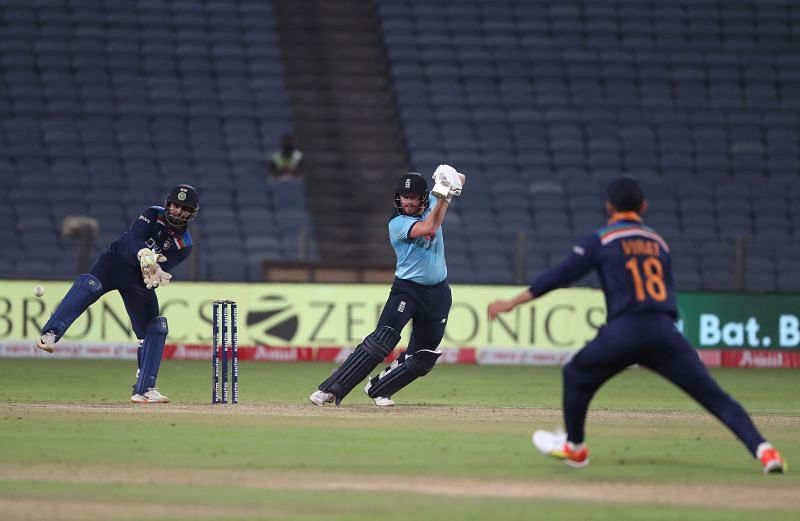
In England’s case, they perhaps boast the most belligerent top three, which comprises of Messrs. Jason Roy, Jonny Bairstow and Joe Root (Ben Stokes possibly). India, meanwhile, have the luxury of Rohit Sharma, Shikhar Dhawan and of course, Virat Kohli.
Each of the aforementioned cricketers has an appetite for big hundreds – something that keeps the impetus flowing throughout the innings, while also enabling the middle and lower order batsmen to tee off.
But that also means the middle and lower order aren't tested too much in adverse circumstances. Because of the top order's tendency to score heavily, the middle and lower order batsmen rarely get to settle into a batting rhythm – something India have painfully experienced in the most recent ICC events.
Additionally, with the dynamics of batting changing significantly, middle and lower order batsmen are now tasked with increasing the tempo right from the outset. Though several have acclimatized themselves to the new role, their knocks, owing to their approach, have always been fraught with risks.

While the method has reaped rich rewards, especially when batting first or when a top-order batsman has shepherded the innings, it has, at times, come unstuck in tricky run chases – something England learned at the 2019 World Cup.
Finally, post the 2015 ICC Cricket World Cup, there was a change in field restrictions, allowing 5 fielders outside the circle between overs 41-50. Previously, a minimum of 5 fielders had to be stationed inside the ring.
Now, with the extra fielder on the fence, the middle and lower order batsmen, who usually walk out to bat in the final phase of the innings, have to start off under slightly difficult circumstances.
The advent of T20 cricket has meant that bowlers have also become more accustomed to nailing their yorkers and variations at the death - something that has complicated things for the batsmen.
Back when MS Dhoni was at his peak and was taking games deep, there were plenty of different factors in play, as illustrated earlier. However, it would be a stretch to suggest that every team followed something similar. Even MS Dhoni’s modus operandi started failing when he had to trust his old methods in the relatively novel confines of ODI cricket, post 2015-16.
Between late 2000s and the early 2010s, MS Dhoni and Michael Hussey were regarded as two of the best finishers to have ever lived, let alone being called contemporary greats.
On finer introspection, one can decipher that their routines were quite different to what is preached currently. More importantly, they banked on a skill-set that is pretty rare.
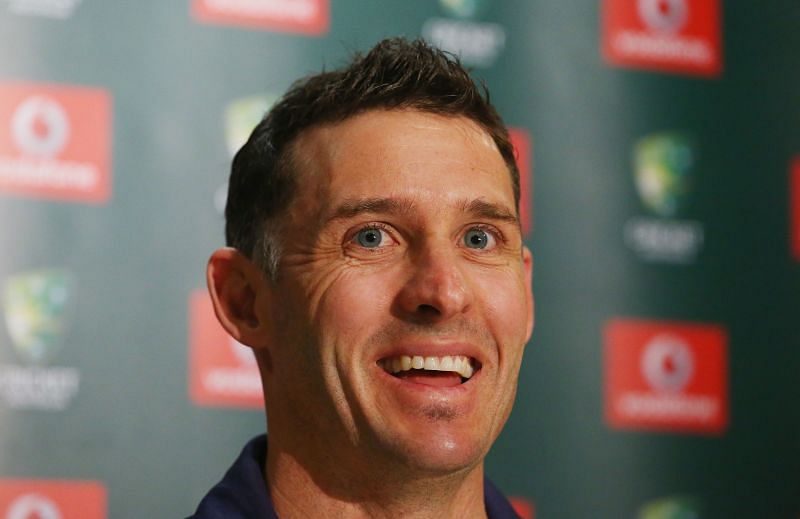
As far as numbers are concerned, Michael Hussey averaged 71.40 in games where Australia chased and won. Intriguingly though, his strike rate in such games was 74.62 - which is much lower than his first-innings career strike rate of 96.55 in Australian victories.
MS Dhoni had a similar pattern. Overall, the wicket-keeper averaged 69 and struck at 96.16 when India won. If run chases are used as a filter, the average remarkably zings up to 102.71. The strike rate, though, much like Hussey, dwindles to 88, as opposed to his first innings tally of 103.82.
Thus, it seems that both MS Dhoni and Michael Hussey weren’t just finishers, especially when batting second. Instead, they were master controllers of the run chase who metronomically dictated the tempo, before conjuring defining blows.
The aforementioned argument is supported by the number of times the pair has remained unbeaten in successful run chases. While the figure stands at 17 (in 27 innings) for Hussey, MS Dhoni has, quite incredibly, remained not out on 47 occasions (in 75 innings).
The above, if anything, indicates that the pair rarely left things to chance, often letting their guard down and hauling their team across the line. Also, with their ability to shift through the gears, they kept the opposition guessing.
Speaking solely of MS Dhoni, he boasted another characteristic that isn’t very ubiquitous. And that spells the same as soaking up pressure.
On numerous occasions, MS Dhoni would pit his wits against the bowler in an environment where the latter would be under as much pressure as the former. Ian Bishop, the renowned West Indian commentator, once quipped:
“If 15 runs are needed off the last 6 balls, the pressure is on the bowler and not on MS Dhoni."
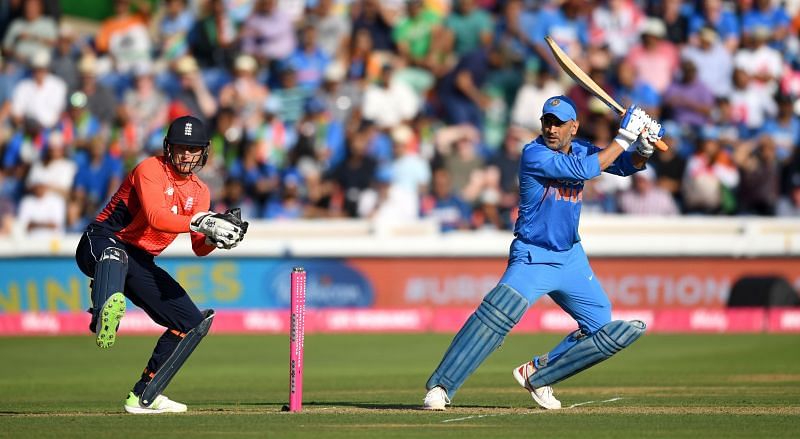
MS Dhoni's approach came under the scanner between 2016 & 2019
However, those things were applicable only when MS Dhoni was in his prime, for even he began encountering troughs when his powers waned.
Botched run chases against England, South Africa, West Indies and Zimbabwe spring to mind immediately, highlighing the difficulty of finishing games after having taken them deep.
Thus, it is worth noting that this particular approach, which has since been heralded as the MS Dhoni template, only worked when he was at the height of his powers. And when he wasn’t, he was panned for sticking to it.
As Sam Curran joins up with his CSK captain, he might be tempted to ask MS Dhoni where it all went wrong on the 28th of March, 2021. Knowing MSD, though, it would be absurd to even predict how that conversation might go.
However, if Sam Curran is inclined to look at other evidence, he might be better served in abandoning this particular style and adopting something that is in sync with today’s crash, bang, wallop brand of cricket.
Having said that, Sam Curran, by virtue of being only 22, can still hone his skills and become as big a match-winner as MS Dhoni, at least at CSK. As far as his national team is concerned, England might not fret too much if he can steer them to victory with the regularity that MS Dhoni once did for India.
There is no escaping the fact that cricket has embarked on a trend where craftiness and guile in run chases have been replaced by sheer firepower. Perhaps a direct correlation can be established with the decline of the art of finishing, and with the emergence of lower-order dashers.
With cricket being cyclical, though, finishers might again come into vogue. Whether Sam Curran is still around to become the pioneer of their second (or third) coming remains to be seen, although there are no qualms regarding his ability.
After all, if there are “shades of MS Dhoni” in his batting, he must be doing something right, mustn’t he?
Also Read: Living by the sword and dying by it - ft. Jonny Bairstow